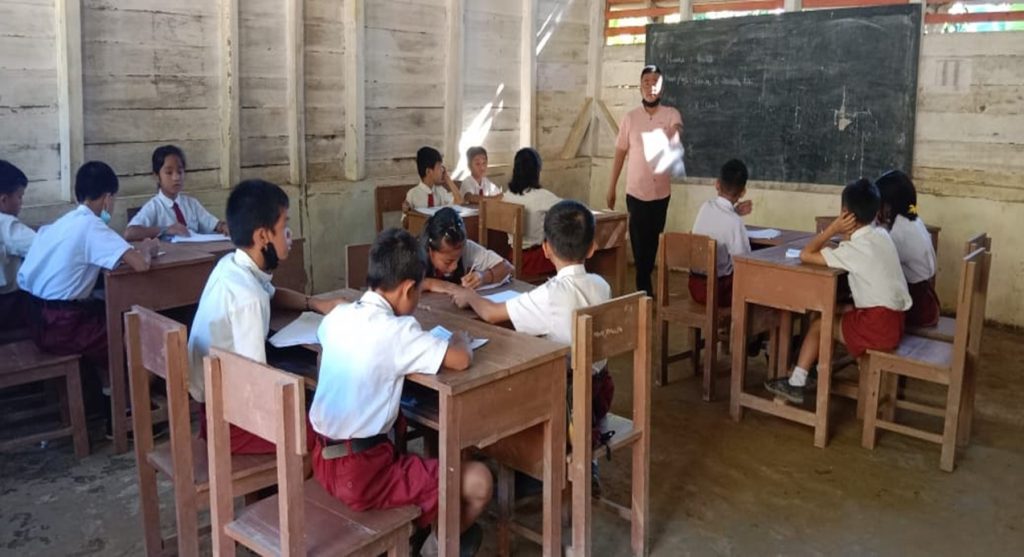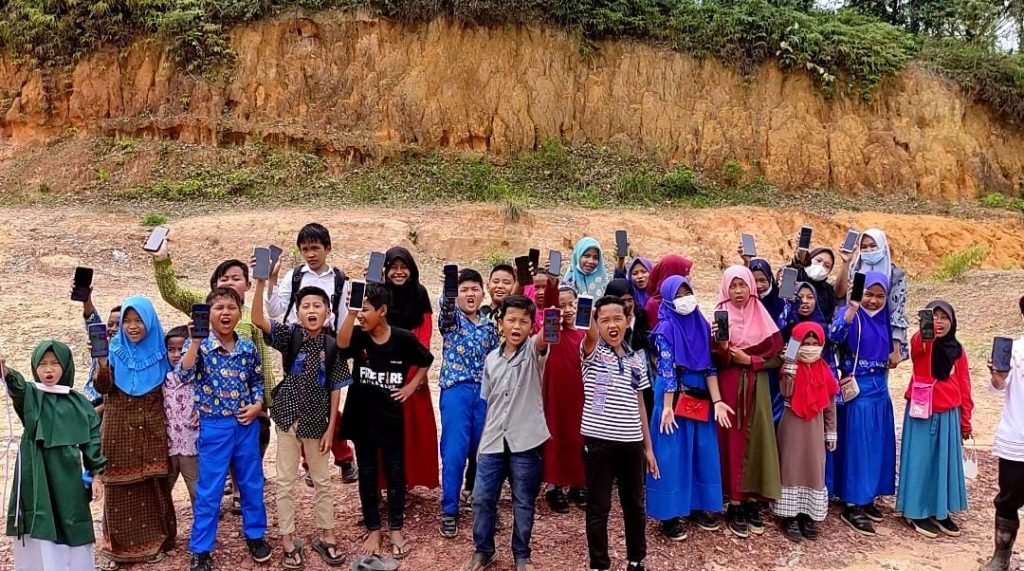experiencing. Firstly, digital educational content can be difficult to find, especially within a minimal budget. With 94 percent of students considering distance learning costly and inaccessible, a solution must be deeply localized to the daily learning curriculum and the digital curriculum should be affordable and easy to access.

Teachers also play a crucial role – but digital literacy is still growing. The Ministry of Education and Culture estimates that 70 percent of students are still learning remotely through Whatsapp, relying closely on their teachers.
To be prioritized in the classroom, a solution must meet teachers where they are at and address the core teaching needs instead of sidestepping them. We need a solution that begins with building digital literacy and meets the user where they are at today.
Moreover, Internet access in Indonesia is unequal and of poor quality. The Indonesia Central Statistics Agency states that access is only 21 percent in lower-income areas, as compared to 93 percent in higher-income areas. With internet speeds consistently ranked lowest across countries, it is inadequate for online learning, and hence an effective solution must therefore also work without the use of the Internet.
MANY PLAYERS ARE TRYING TO SOLVE THIS, BUT IT’S A CHALLENGING PROBLEM
Solving the digital education problem in Indonesia is no easy task. A 2020 MoEC & UNICEF survey stated that while 4 out of 5 students were aware of online EdTech solutions, none of them had ever used them themselves, largely due to affordability and issues regarding internet accessibility.
A significant government budget has also been allocated towards helping students, such as the deployment of $270 million in 2021 for Chromebook devices to support students and their online studies. However, this is a challenging problem, as these devices require adequate infrastructure to be well utilized. Due to the abovementioned “broken links”, teachers and students that reside in rural areas still tend to find themselves underserved.

The problem is not only challenging but massive. As we wait for digital infrastructure to be ready and affordable, many students are left without proper digital literacy. As an archipelago of over 17,000 islands with over 50 million students and 240,000 schools, any nationwide solution in Indonesia that requires digital infrastructure to be ready will face significant challenges in terms of scaling.
So what is causing the gap?


